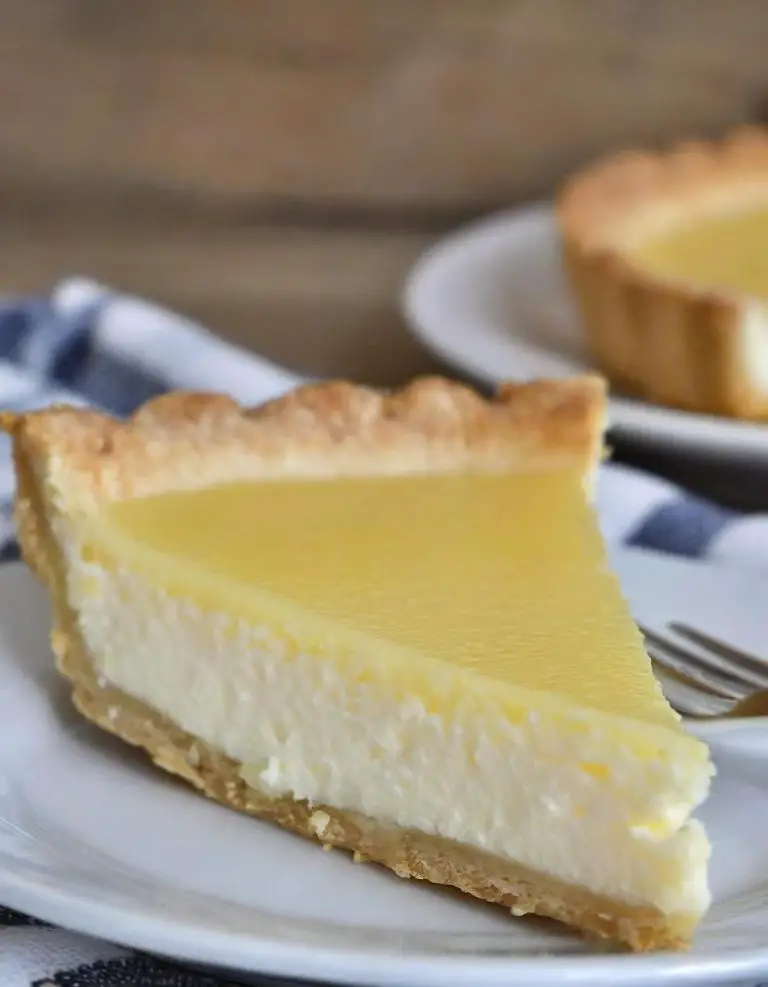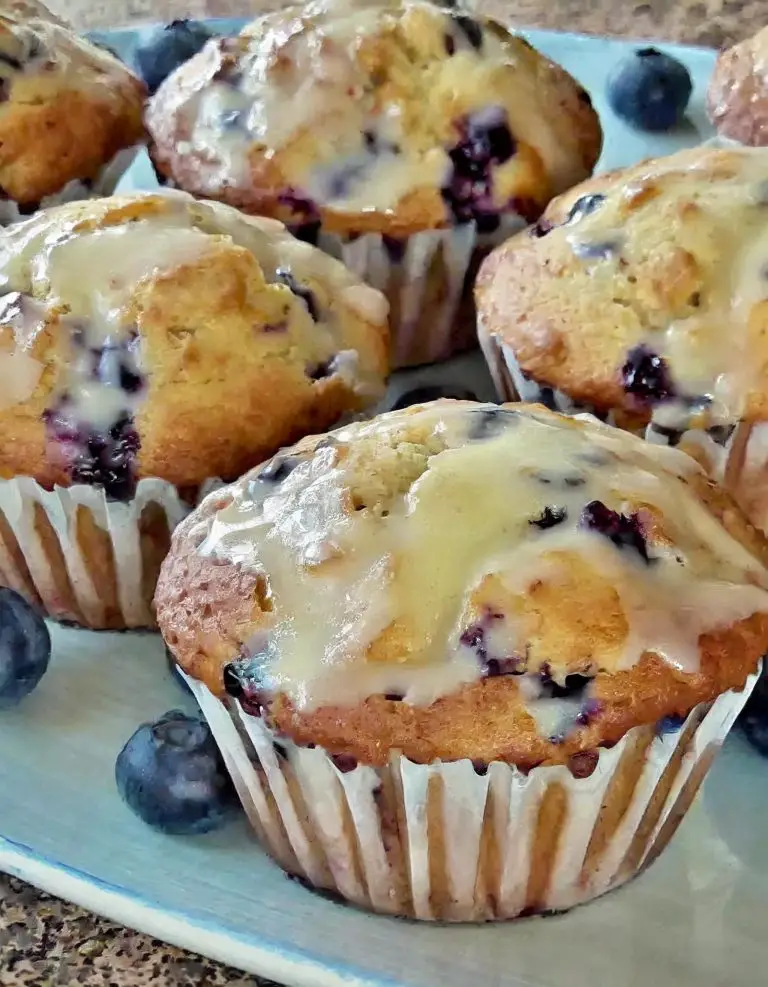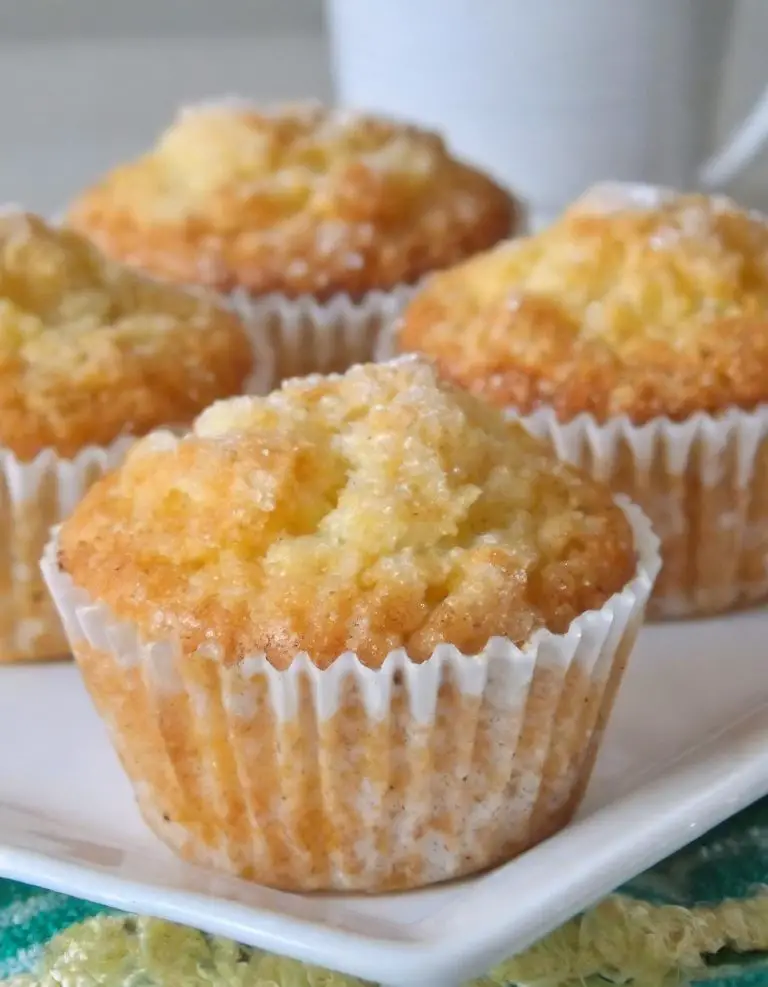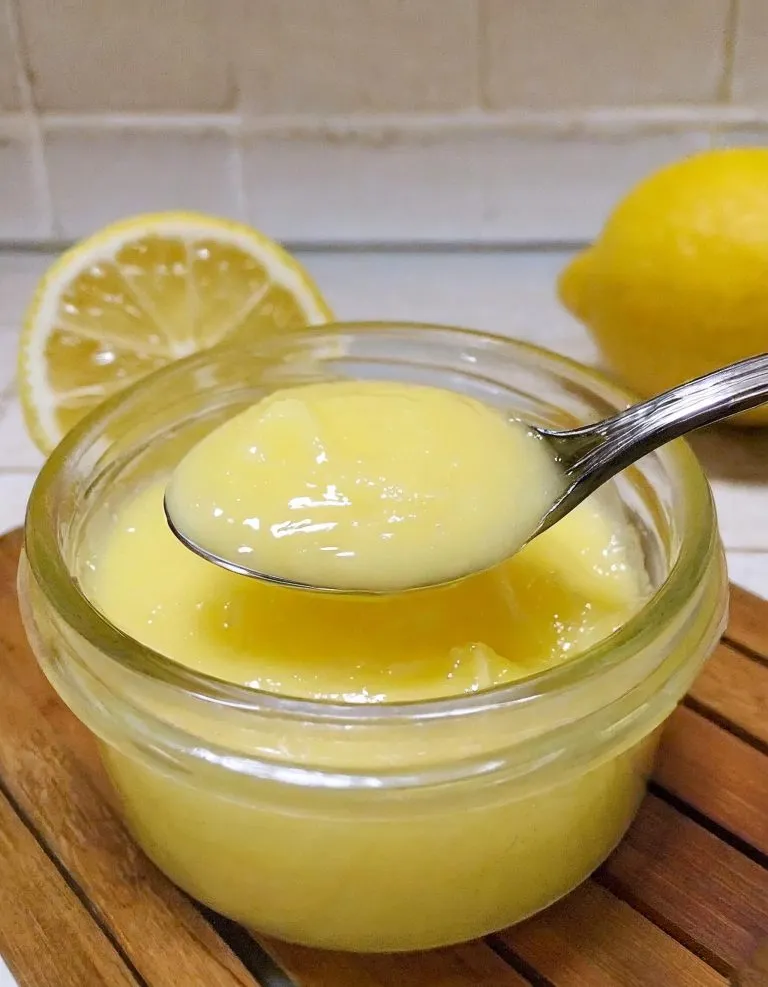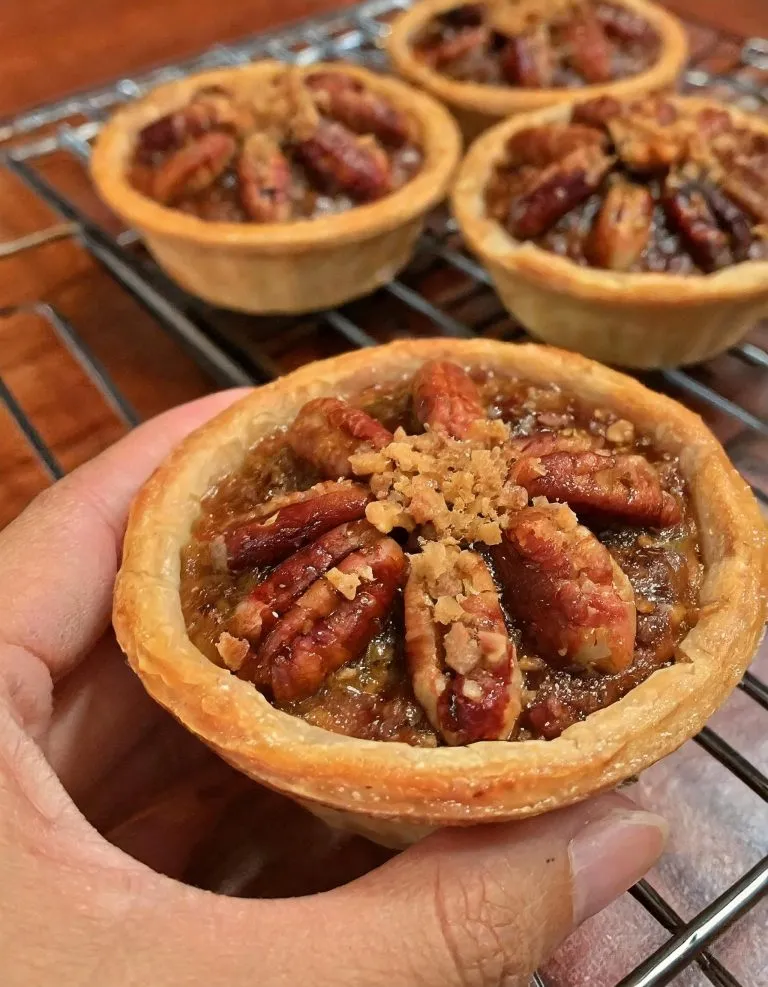Soft and Flakey Peanut Brittle
I absolutely adore soft and flakey peanut brittle – it’s an irresistible treat that never fails to bring a smile to my face! The delightful crunch of the caramel-coated peanuts, combined with a melt-in-your-mouth texture that practically dissolves on the tongue, is simply heavenly.
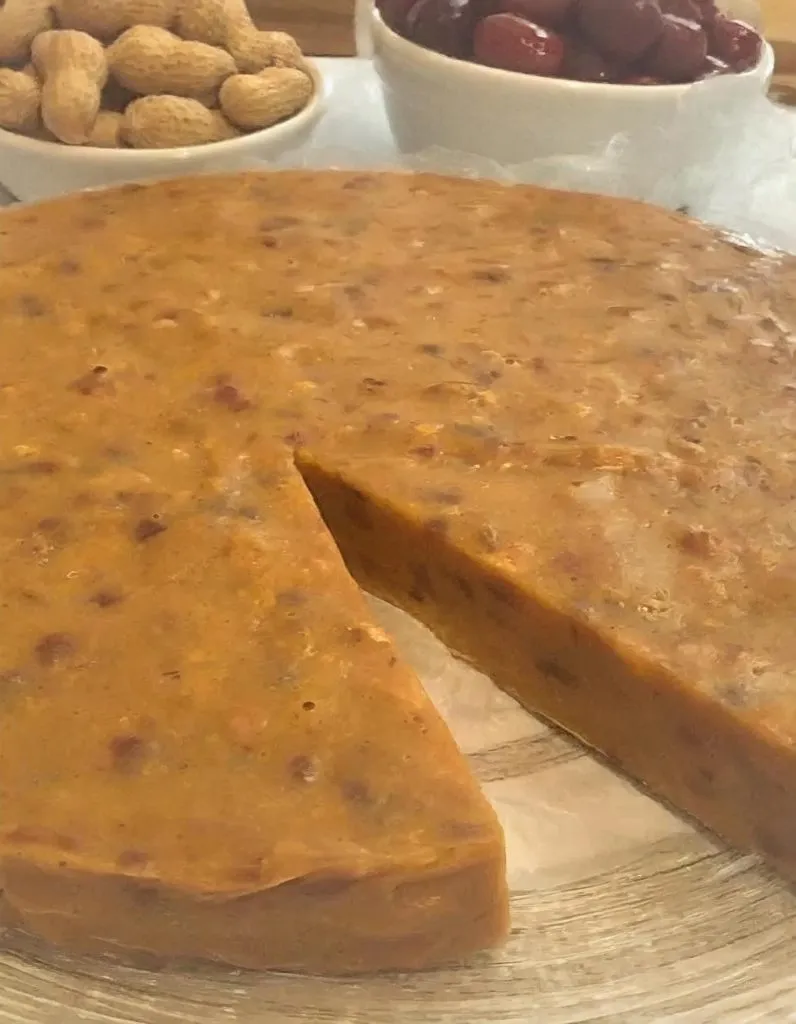
Each bite is a symphony of sweet and nutty flavors that dance in perfect harmony. It’s the kind of indulgence that I simply can’t resist. Whether enjoyed as a snack on the go or as a sweet ending to a meal, soft and flakey peanut brittle always hits the spot!
Ingredients Needed for This Recipe
- 1 cup granulated sugar
- 1/2 cup light corn syrup
- 1/4 cup water
- 1 cup raw peanuts (not roasted)
- 1 tablespoon unsalted butter, plus extra for greasing
- 1 teaspoon vanilla extract
- 1 teaspoon baking soda
Instructions for Making Soft and Flakey Peanut Brittle
- Prepare Your Workspace: Grease a large baking sheet with butter and set aside. In a medium saucepan over medium heat, combine sugar, corn syrup, and water, stirring until the sugar has dissolved.
- Cook the Sugar Mixture: Continue cooking without stirring, until the mixture reaches 240°F on a candy thermometer. Add the peanuts and butter, stirring constantly until the mixture returns to 300°F (hard crack stage). Remove from heat immediately.
- Add Final Ingredients: Quickly stir in the vanilla extract and baking soda; the mixture will bubble up. Stir just until the mixture is foamy and the baking soda is fully incorporated.
- Spread and Cool: Pour the brittle mixture onto the prepared baking sheet, spreading it out into an even layer with a greased spatula. Allow to cool completely at room temperature, about 1 hour. Once cooled, break into pieces and store in an airtight container.
Enjoy your Soft and Flakey Peanut Brittle, a treat that combines the classic taste of peanuts with a uniquely tender texture!
Tips for Perfecting the Recipe
Monitor the Temperature Closely: The key to achieving the perfect texture for your peanut brittle is closely monitoring the temperature of the sugar mixture. Use a reliable candy thermometer and watch for the specific temperatures mentioned in the recipe. Getting to the hard crack stage (300°F) is crucial for the brittle to set correctly without being too hard or too soft.
Stirring the Mixture: While initial stirring is important to dissolve the sugar and prevent it from crystallizing, once the mixture begins to boil, minimize stirring. This helps in achieving a smooth texture. However, after adding the peanuts, constant stirring is necessary to ensure they are evenly coated and prevent burning.
Baking Soda Magic: The addition of baking soda is what gives the brittle its airy, flakey texture. The soda reacts with the acidic components of the syrup, creating carbon dioxide bubbles that get trapped in the cooling sugar, forming a lighter brittle. Make sure to stir in the baking soda quickly and efficiently to spread those bubbles throughout the mixture before it sets.
Prep Your Ingredients and Tools: Having all your ingredients measured and tools ready before you start is vital. Candy making moves quickly, especially in the final stages, and you won’t have time to measure or find tools then. This preparation includes buttering your spatula and baking sheet ahead of time.
Adjust for Humidity: If you’re making this brittle on a particularly humid day, you might find the final product a bit stickier than usual. Humidity can prevent the sugar from setting properly. Consider reducing the amount of water in the recipe slightly or extending the cooking time to compensate for extra moisture in the air.
Serving Suggestions
As a Standalone Snack: Peanut brittle is a classic treat that can be enjoyed on its own. Break it into manageable pieces and serve it in a bowl for a delightful crunch.
With Ice Cream: Add a crunch to your creamy desserts by serving them with broken pieces of peanut brittle. It pairs wonderfully with vanilla, chocolate, and even more adventurous flavors like salted caramel or coffee.
As a Salad Topper: For a surprising twist, add a sweet and savory crunch to your salads by incorporating small pieces of peanut brittle. It works especially well with leafy greens, goat cheese, and vinaigrette dressings.
In Baked Goods: Crush the brittle into smaller pieces and use it as a mix-in for cookies, brownies, or even as a topping for cakes and cupcakes. It adds a unique texture and flavor that complements many baked desserts.
Storage Tips
Cool Completely Before Storing: Ensure the brittle is completely cool and has hardened before you attempt to store it. Storing it while it’s still warm can lead to moisture buildup, making it soft and sticky.
Airtight Containers: Store the peanut brittle in an airtight container to keep it crisp and prevent it from absorbing moisture from the air. If you’re stacking layers of brittle, separate them with parchment paper to prevent sticking.
Room Temperature Storage: Keep the container at room temperature in a cool, dry place. Avoid storing it in the refrigerator, as the humidity can affect the texture.
Long-Term Storage: For longer storage, peanut brittle can be frozen. Wrap it tightly in plastic wrap and then in aluminum foil, or place it in a freezer bag. It can last for up to 3 months frozen. Thaw at room temperature when ready to eat.
Frequently Asked Questions
Can I use roasted peanuts instead of raw? Yes, roasted peanuts can be used for a deeper flavor, but add them later in the cooking process to prevent them from burning, ideally when the sugar mixture is around 280°F.
Why did my peanut brittle turn out too hard or too soft? The final texture of the brittle is highly dependent on reaching the correct temperature. Too hard means it may have cooked beyond the hard crack stage, and too soft means it may not have reached it. Always use a calibrated candy thermometer for accuracy.
How do I clean the saucepan and tools after making brittle? The easiest way to clean is by filling the saucepan with water and bringing it to a boil. The hot water will dissolve the sugar, making cleanup much easier. For utensils, soaking in hot water works as well.
Can I make peanut brittle without corn syrup? Yes, though corn syrup helps prevent crystallization, you can use other invert sugars like honey or maple syrup, but the flavor and texture might vary slightly.
Is peanut brittle gluten-free? Yes, the basic ingredients of peanut brittle (sugar, corn syrup, peanuts) are naturally gluten-free. However, always check the labels of your ingredients to ensure they haven’t been processed in facilities that handle gluten-containing products if cross-contamination is a concern.
Soft and Flakey Peanut Brittle

Ingredients
- 1 cup granulated sugar
- 1/2 cup light corn syrup
- 1/4 cup water
- 1 cup raw peanuts not roasted
- 1 tablespoon unsalted butter plus extra for greasing
- 1 teaspoon vanilla extract
- 1 teaspoon baking soda
Instructions
- Prepare Your Workspace: Grease a large baking sheet with butter and set aside. In a medium saucepan over medium heat, combine sugar, corn syrup, and water, stirring until the sugar has dissolved.
- Cook the Sugar Mixture: Continue cooking without stirring, until the mixture reaches 240°F on a candy thermometer. Add the peanuts and butter, stirring constantly until the mixture returns to 300°F (hard crack stage). Remove from heat immediately.
- Add Final Ingredients: Quickly stir in the vanilla extract and baking soda; the mixture will bubble up. Stir just until the mixture is foamy and the baking soda is fully incorporated.
- Spread and Cool: Pour the brittle mixture onto the prepared baking sheet, spreading it out into an even layer with a greased spatula. Allow to cool completely at room temperature, about 1 hour. Once cooled, break into pieces and store in an airtight container.

